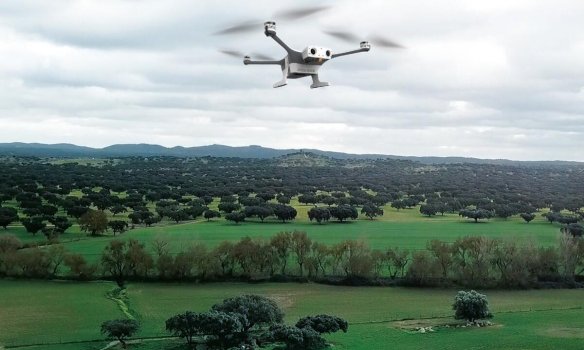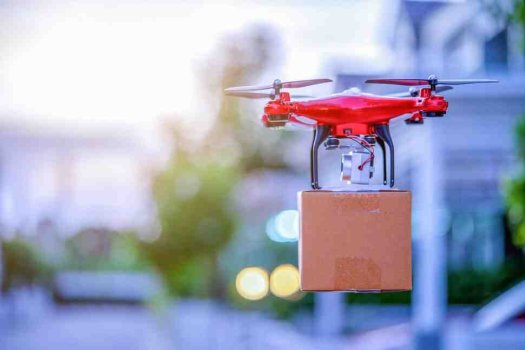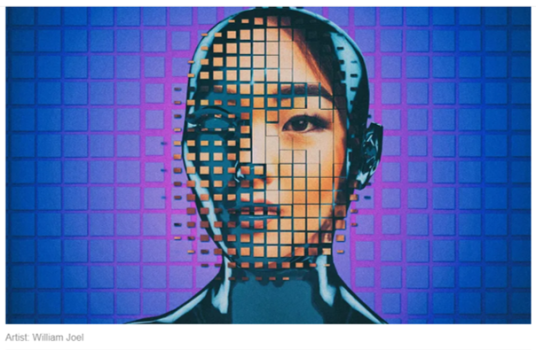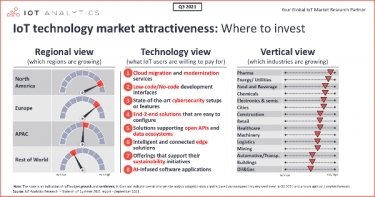Protecting IoT devices requires a DNS-based solution
- Technology Solutions
- 0 Replies
IoT devices are fast becoming an everyday part of our lives. Whether it be in the role they play in manufacturing and industry or powering the appliances in our own homes, it’s clear that IoT devices provide new and efficient ways of working and living. From wearables to smart cities, there’s no shortage of the capabilities that IoT devices have when collecting data from their environment and the internet, but with this advance in technology comes new risks to data, networks, and IT infrastructures.
Despite their prevalence in our lives, the security risks that are inherent to these data sharing devices are failing to be tackled head on. All this can disrupt everything from our power and security within our homes as well as impacting the critical infrastructure sector.
With the growing risk of cyberattacks which look to exploit the security vulnerabilities of IoT devices, it’s now more important than ever to have a strong understanding and security strategy in place to avoid and mitigate these risks.
Continue reading: https://www.helpnetsecurity.com/2021/09/23/protecting-iot-dns/
Despite their prevalence in our lives, the security risks that are inherent to these data sharing devices are failing to be tackled head on. All this can disrupt everything from our power and security within our homes as well as impacting the critical infrastructure sector.
With the growing risk of cyberattacks which look to exploit the security vulnerabilities of IoT devices, it’s now more important than ever to have a strong understanding and security strategy in place to avoid and mitigate these risks.
Continue reading: https://www.helpnetsecurity.com/2021/09/23/protecting-iot-dns/
























